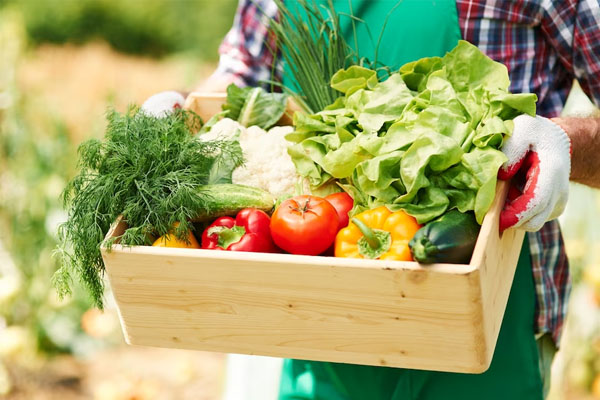Cold chain is a temperature-controlled supply chain that involves storage, transportation and distribution of perishable goods such as food, pharmaceuticals and medical products.
In recent years, there has been a significant increase in demand for cold chain solutions due to the growing food and pharmaceutical industries, and the need to ensure the safety and quality of perishable goods.>
In this blog we’ll discuss 5 trends that will shape the cold supply chain sector in 2023:
#1. Increased focus on sustainability:

With growing concerns about the impact of human activities on the environment, there is an increased focus on sustainability in the cold chain industry. This means companies are looking for more environmentally friendly solutions for their cold chain operations, such as the use of renewable energy sources, the adoption of energy-efficient refrigeration systems, and the implementation of waste management strategies.
#2. Rise of tech-enabled, smart logistics:

The use of technology in the cold chain industry is set to increase in 2023, with the rise of smart logistics. This involves the use of digital solutions for real time tracking and monitoring of temperature, humidity, and location of perishable goods, route mapping, optimisation etc. This not only ensures the safety and quality of goods, but also reduces waste, increases efficiency, and drives better returns.
#3. Increased demand by the pharmaceutical sector:

The pharmaceutical sector is growing rapidly in India and globally, especially the need for vaccines, and this is expected to drive the demand for cold chain solutions. This is because the temperature-sensitive nature of pharmaceutical products requires stringent control during storage, transportation, and distribution, which is vital for them to be effective.
#4. Growing demand for organic and specialty food products:

With a renewed awareness on natural and organic food across the globe, there is a growing demand for a variety of specialty food products, which is expected to drive the demand for cold chain solutions for fruits, vegetables and other organic produce that requires temperature-controlled environment to maintain their quality and freshness.
#5. Increased use of alternative cooling technologies:

In recent years, there has been an increased focus on the use of alternative cooling technologies in the cold chain industry, such as the use of passive cooling systems and the use of phase change materials. These technologies are more energy-efficient and environmentally friendly and are expected to gain popularity for cold chain in 2023. (I feel this can be clubbed with Green / sustainable solutions. Doesn’t merit a separate point)
#Conclusion
To conclude, the cold chain industry is expected to see significant growth in 2023, driven by factors such as increased focus on sustainability, the rise of smart logistics, the expansion of the pharmaceutical sector, the growing demand for organic and specialty food products, and the increased use of alternative cooling technologies.
These trends are expected to have a significant impact on the cold chain industry in 2023, and the companies that embrace them will be well-positioned to succeed in the years to come.
Sources:
- "Cold Chain Market in India to Reach $13.7 Billion by 2024" (Report by Allied Market Research, 2022)
- "Global Cold Chain Market Report 2021-2031" (Report by Visiongain, 2022)
- "Sustainability in the Cold Chain Industry: Challenges and Opportunities" (Journal of Supply Chain Management, 2021)
- "The Future of the Cold Chain Industry: Trends and Predictions for 2023" (Report by Logistics Bureau, 2022)







